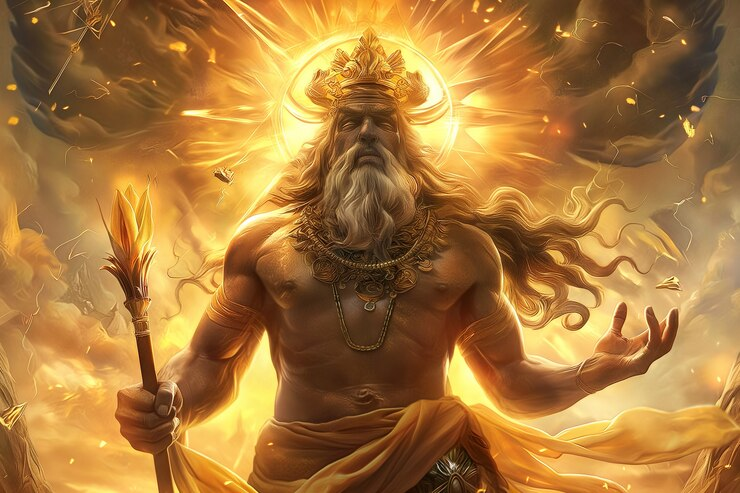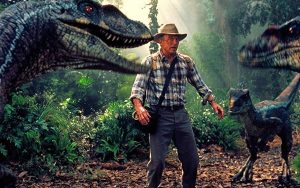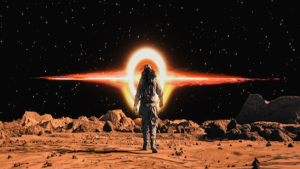Cinema brings myths and legends from antiquity to life. The classic tales, full of magical elements and universal themes, fit perfectly on the big screen. Filmmakers create amazing creatures and epic battles with special effects of magic. Sets and costumes carry us into the heart of legendary realms, from the fanciful jungles to enigmatic civilizations. The essential elements of myths never change, even when they are modified to fit the storyline of a movie. A key component of mythology, symbolism is translated into images to deepen the meaning of the narrative. By using these techniques, the film makes sure that these classic stories never go out of style, capturing our imaginations and providing a window into the rich cultural diversity of humanity.
For centuries, movies have been the mirror to humanity’s stories. From epics to sci-fi fashions, movies transport us to various worlds and realms. But one source of inspiration that keeps coming back to the movies is mythology. A mythology is a collection of stories that is passed down from generation to generation. They are often linked to religious faith and culture. They provide explanations for natural events, explore the human character, and uphold societal values. Through the power of visuals and storytelling, films bring these ancient and mostly orally passed tales to life.
Myths appeal to viewers because they touch upon common themes such as love, tragedy, bravery, good vs. evil, timeless questions about the meaning of life, death, and one’s place in the cosmos. Through the medium of cinema, these themes and queries can be presented in a visually appealing and emotionally resonant way.

How Does Cinema Depict Myths?
Filmmakers use a range of methods to animate myths and legends:
Special effects: Using cutting-edge special effects, audiences are thrust into the fantastical realms of myths with breathtaking visuals that portray fantastical creatures and epic battles.
Set design and costumes: Detailed set pieces and costumes contribute to the mythological world’s believable atmosphere. Imagine Tarzan swinging from vine to vine in the lush jungles, or the opulence of Zeus’s Olympian court brought to life on screen.
Symbolism: Filmmakers frequently employ the rich symbolism found in mythology to enhance the depth of their narratives. For instance, the protagonist’s actual journey across a landscape can represent the mythical concept of the hero’s journey.
Myths are frequently modified to fit the storyline of a motion picture. This could entail rewriting certain plot points, adding new characters, or shortening the story.
Examples of some mythological films
There are a gazillion movies that use mythology as their inspiration. A few well-known ones are:
The legendary movie Clash of the Titans (1981) tells the story of Perseus, who battles the terrifying Kraken to save Princess Andromeda.
The epic fantasy series The Lord of the Rings (2001–2003) is based on the writings of J.R.R. Tolkien, whose own works are greatly influenced by Norse mythology.
Wonder Woman (2017): Inspired by Greek mythology, Wonder Woman is a princess of Amazonia and the daughter of Ze.
Cinema’s depiction of myths and legends isn’t just about entertainment. It’s also about preserving the values and themes of these timeless stories for future generations. The impact of mythology on cinema is not only about entertainment, but also about educating audiences about different cultures and different belief systems. It’s about sparking our imaginations and inspiring us to explore deeper meanings.
Cinema is the medium through which myths and legends are told in a unique artistic form. It breathes life into ancient myths and cultural stories. Through the eyes of the filmmaker, these ancient tales are re-imagined and presented to the audience. Through the medium of cinema, there is an emotional and visual connection to the vast tapestry that is mythology. The magic of cinema is that it transports the audience into the realms of faraway unknown, and sometimes, fictional places. It allows for the dynamic exploration of common themes and iconic characters. Cinema acts as a modern taleteller, preserving, reinterpreting, and perpetuating the enchanting stories that have shaped the cultures of the past.
Written by- Avani Makwana | Edited by- Apurv Nayak



